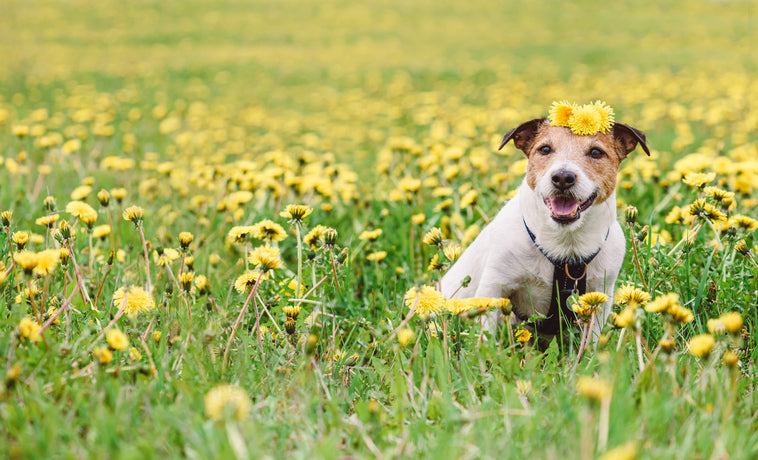
Pollen Problems: How to Manage Seasonal Allergies in Pets
Spring is a beautiful time of year, but for many pets, it also marks the start of allergy season. Just like humans, pets can suffer from seasonal allergies caused by pollen, mold, and other environmental triggers. If your pet is sneezing, scratching, or showing other signs of discomfort, it’s time to address their seasonal allergies and help them feel better. Here’s how you can manage pollen problems and keep your pet comfortable throughout allergy season.
1. Watch for Common Allergy Symptoms
Pets can exhibit a variety of symptoms when they’re suffering from allergies. Common signs to look out for include:
-
Excessive itching or licking
-
Sneezing or coughing
-
Red, irritated eyes or watery discharge
-
Runny nose or nasal congestion
-
Paw chewing or ear infections
If your pet shows any of these symptoms, it’s a good idea to consult with your vet to determine if allergies are the cause and discuss the best course of action.
2. Keep Your Pet Indoors During Peak Pollen Times
Pollen levels tend to be highest during early morning and late afternoon. If possible, limit your pet’s outdoor activities during these times to help reduce exposure to pollen. On days when pollen counts are particularly high, keep your pet inside as much as possible to prevent symptoms from worsening.
3. Wipe Your Pet’s Paws and Coat
After your pet comes back inside from outdoor activities, wipe their paws, coat, and belly with a damp cloth or pet wipes. This will help remove any pollen or allergens they’ve picked up while outside, preventing them from transferring the allergens to your home or irritating their skin further.
4. Maintain a Clean Living Environment
Frequent cleaning of your home can help minimize allergens. Vacuum regularly using a pet-safe vacuum to remove pet hair, pollen, and dust. Wash your pet’s bedding, toys, and other frequently used items in hot water to eliminate allergens. Consider using air purifiers with HEPA filters to help reduce airborne allergens.
5. Consider a Specialized Diet or Supplements
A healthy diet can help strengthen your pet’s immune system and reduce allergic reactions. Talk to your vet about hypoallergenic pet food options or supplements, such as omega-3 fatty acids, which can support your pet’s skin and coat health. Some pets may benefit from additional supplements that help combat inflammation and support their overall immune function during allergy season.
6. Bathe Your Pet Regularly
Regular baths can help wash away pollen and other allergens that may settle on your pet’s skin and coat. Use a pet-friendly, hypoallergenic shampoo to avoid irritating their skin. Be sure to rinse thoroughly to remove any residue that could trigger allergies. Frequent bathing may also help reduce the amount of dander in your home, which can further relieve symptoms.
7. Consult Your Vet About Allergy Medication
If your pet’s symptoms persist despite at-home care, it may be time to consult your vet about allergy medications. Your vet can prescribe antihistamines, steroids, or other allergy treatments to help manage your pet’s symptoms and keep them comfortable. In some cases, allergy testing may be recommended to identify the specific allergens affecting your pet.
8. Keep Your Pet’s Ears Clean
Allergies often lead to ear infections, especially in pets with floppy ears. Regularly check your pet’s ears for signs of infection, such as redness, swelling, or a foul odor. Clean your pet’s ears gently with a pet-safe ear cleaner to remove dirt and allergens that may contribute to irritation. If you notice any signs of infection, consult your vet immediately for treatment.
Help Your Pet Breathe Easy This Allergy Season
Managing seasonal allergies in pets requires a little extra care and attention, but with the right strategies, you can keep your furry friend comfortable during pollen season. From simple home remedies to professional treatments, there are plenty of ways to help your pet cope with allergies and enjoy the spring weather without the discomfort.


